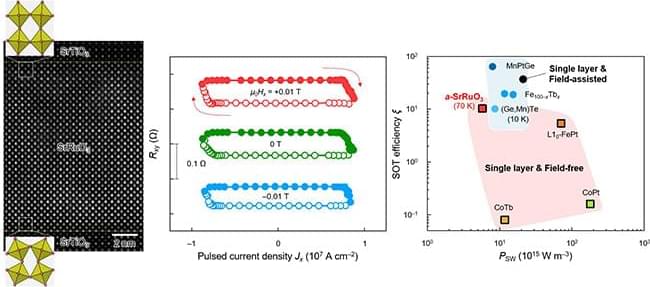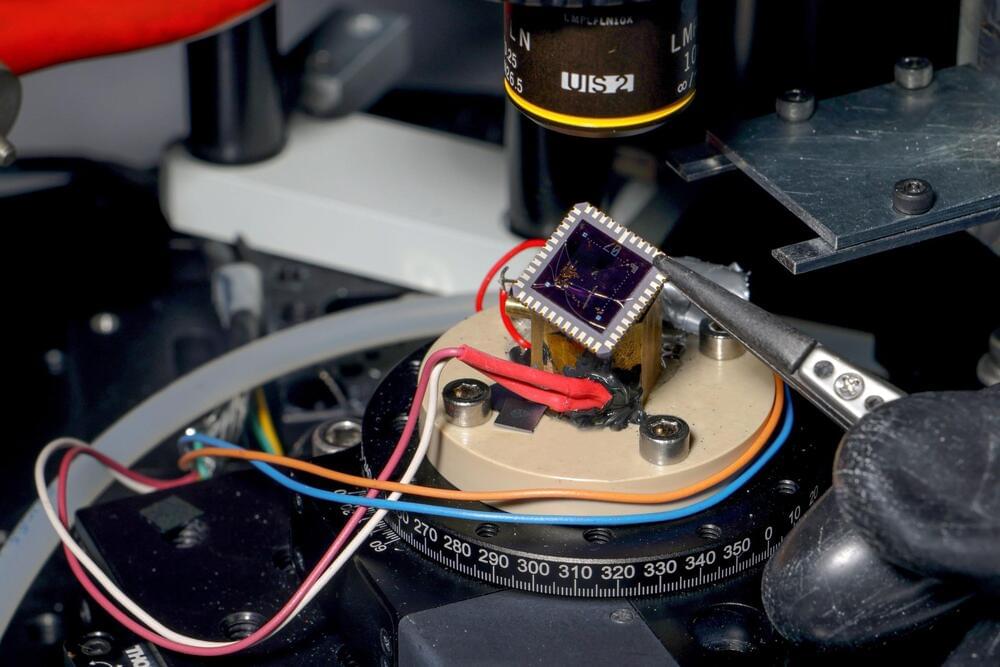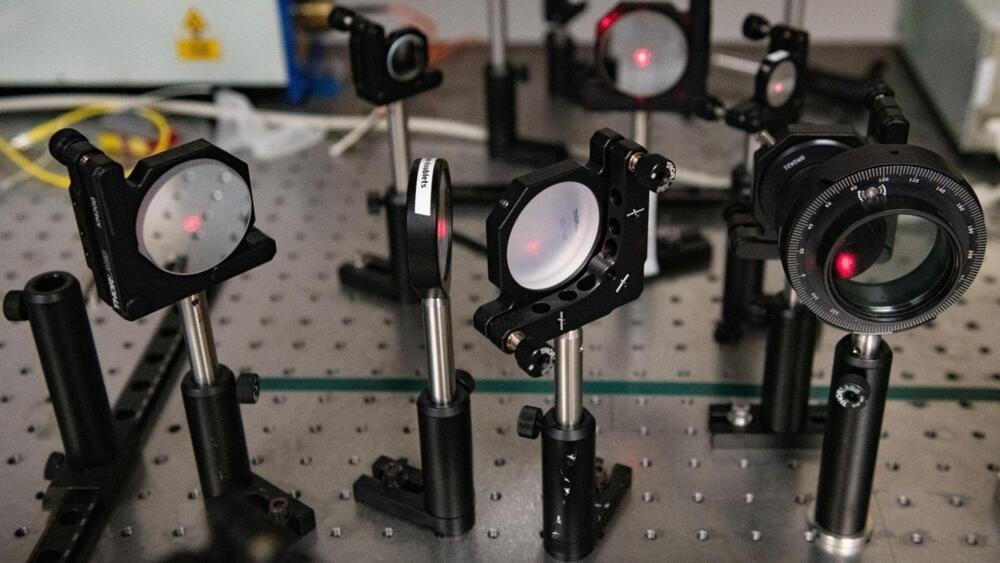Jul 11, 2024
First photo of DARPA’s latest stealth drone X-plane
Posted by Raphael Ramos in category: drones
Northrop Grumman has released a photo of the Series Hybrid Electric Propulsion AiRcraft Demonstration (SHEPARD) XRQ-73 stealth drone X-plane that it has built for DARPA and is expected to fly by the end of the year.
Part of DARPA’s X-Prime program, the XRQ-73A is a demonstrator prototype built by Northrop Grumman and Scaled Composites. The flying wing design is based on the Air Force Research Laboratory (AFRL) Great Horned Owl (GHO), an Intelligence Advanced Research Projects Activity (IARPA) program, which used a blended wing design and external ducted push propellers.
In contrast, the XRQ-73A is larger and stealthier. With a wingspan of well over 30 ft (9 m), it weighs in at 1,250 lb (567 kg) and can reach speeds of 250 kn (287 mph, 463 km/h) at an altitude of 18,000 ft (5,500 m) with a payload of 400 lb (180 kg).


















